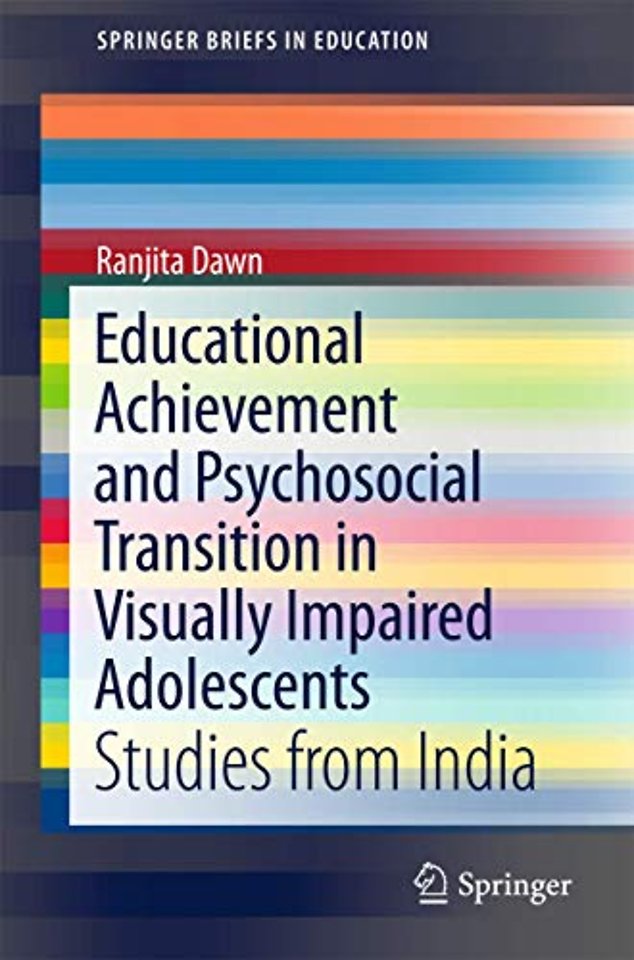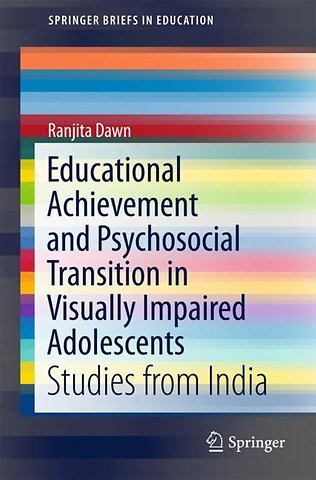Educational Achievement and Psychosocial Transition in Visually Impaired Adolescents
Studies from India
Samenvatting
This book provides a fresh approach to studies on adolescents with visual impairment. It threads through the three elements of disability (visual impairment), psychosocial development of adolescents, and their educational achievement. It highlights how these concepts traverse across and cast an irrefutable impact on each other. The author prepares the ground by highlighting the failure of existing theories of disability studies in addressing issues concerning adolescents. She further critiques the psycho-medical approach to disability which undermines or disregards its social construction. The book provides an analysis of numerous issues affecting the psychosocial development of adolescents with visual impairment, which is further validated through narratives in educational settings. It also strongly advocates the need to create awareness about the basic ethics of human relationships and rights, moral consciousness and social and civic responsibilities, which can play a vital role in ensuring healthy psychosocial development of adolescents with visual impairment, and in ensuring inclusion.
Specificaties
Inhoudsopgave
Net verschenen
Rubrieken
- aanbestedingsrecht
- aansprakelijkheids- en verzekeringsrecht
- accountancy
- algemeen juridisch
- arbeidsrecht
- bank- en effectenrecht
- bestuursrecht
- bouwrecht
- burgerlijk recht en procesrecht
- europees-internationaal recht
- fiscaal recht
- gezondheidsrecht
- insolventierecht
- intellectuele eigendom en ict-recht
- management
- mens en maatschappij
- milieu- en omgevingsrecht
- notarieel recht
- ondernemingsrecht
- pensioenrecht
- personen- en familierecht
- sociale zekerheidsrecht
- staatsrecht
- strafrecht en criminologie
- vastgoed- en huurrecht
- vreemdelingenrecht

